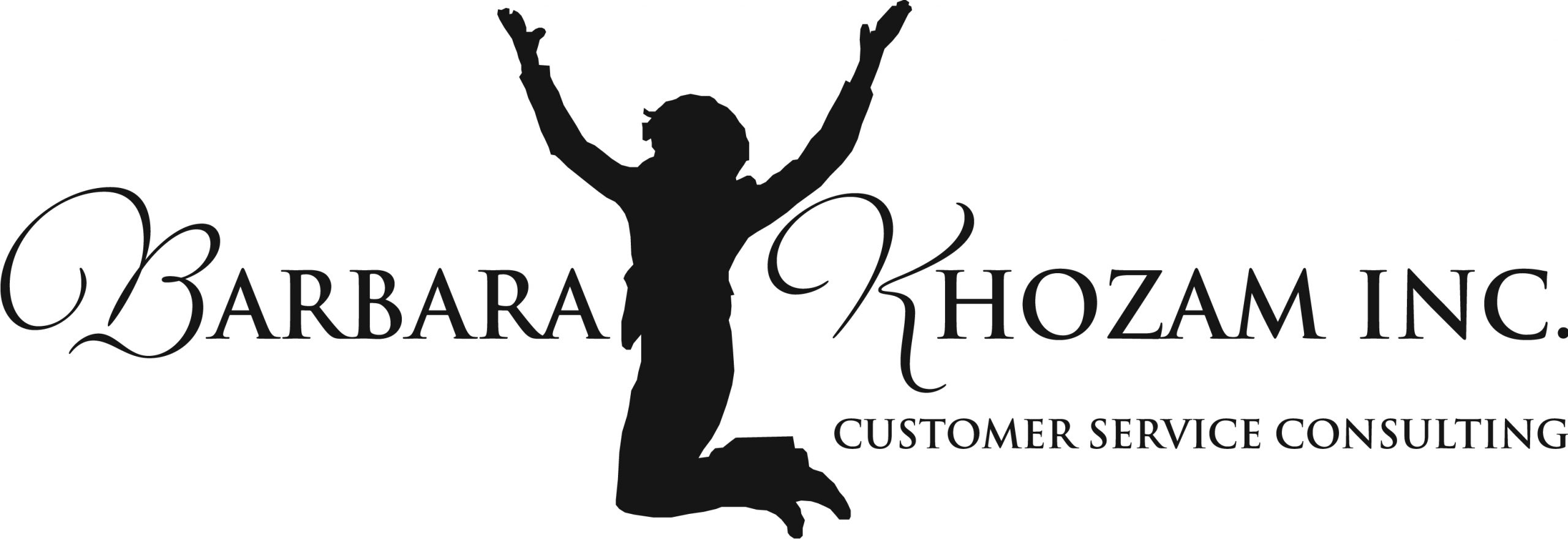Speed and efficiency are important to delivering great customer service. But knowing who benefits from these time-saving strategies is even more important. If your strategies benefit you and inconvenience your customers, then you need to rethink what you are doing.
Real World Story: Too frequently as of late, my mom and I have been visiting her doctors’ offices. The last visit to the cardiologist was extremely frustrating.
It all started at the front desk. As soon as we walked in, the receptionist pointed to a computer stationed across from her. Apparently, we were supposed to check-in on that computer. It
When our check-in was finally complete, the receptionist handed us a pile of papers to fill in. Since we were coming directly from the hospital and already had a pile of papers describing my mother’s condition, I asked if we could simply refer to that pile of paperwork instead of filling in new forms. She wasn’t clear with her answer, so I assumed referral to our paperwork was acceptable.
After making it back to the exam room, we sat for another 15 minutes before the doctor came in. He quickly sat down, scanned the paperwork and was immediately annoyed I had written, “Please see attached paperwork.” He made a snide comment about how I SHOULD have filled in the paperwork completely.
Then he turned to my mother and asked, “Do you have A-Fib or SRT?” My mother looked at me with a confused look on her face. I looked back at the doctor with the same confusion. The doctor didn’t bother to explain what he meant. He simply continued asking medically technical questions that we couldn’t answer. My mother and I felt stupid and incompetent.
This cardiologist’s office is obviously set-up to benefit the practice with greater speed and efficiency. It runs like an assembly line in which they process patients—not as patients, but like manufactured goods. Their speed and efficiency comes at a great loss to delivering even acceptable customer service. It’s a real shame.
Strategies that Turn it Around:
- Don’t assume all your patients know how to use your automated check-in system. Come out from around the counter and help them, especially new patients, for goodness sakes.
- Don’t assume patients understand your medical jargon. Take a few minutes to find out a little about patients and what their concerns or needs are and how THEY describe their medical conditions.
- Treat patients like human beings, not a thing that needs to be processed.
Remember: Patients and customers want and need you to care about them and make them feel special. This doesn’t take much time, but it does take presence with each patient at each moment.
What do YOU do to make patients and customers feel special? I would love to hear your stories in the comments section below.
